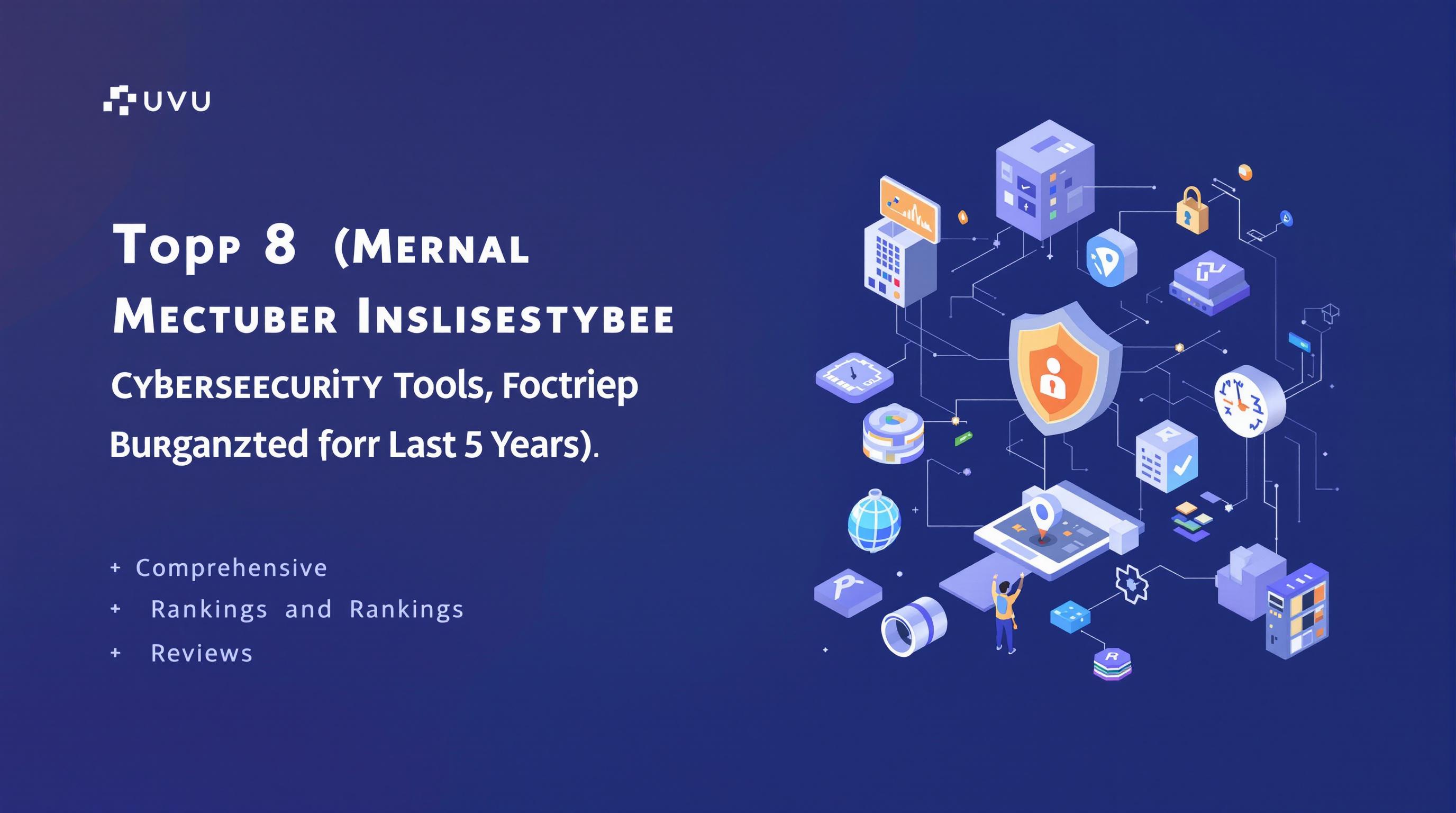Related Articles
- Unveiling the Silent Effects of Malware Residue on IoT Devices and What It Means for Your Connected Home Security
- Top 6 Game-Changing Email Security Suites Released Since 2019 That Actually Stop Cyber Trickery
- The Hidden Impact of AI-Driven Voice Assistants on Your Device’s Safety: Risks Nobody Talks About
- Top 6 Stealth Encryption Products Redefining Data Privacy You Haven’t Heard About Since 2019
- Exploring the Influence of Wi-Fi Radiation on Human Sleep Patterns and Cognitive Health in Modern Living
- Top 8 Stealth Malware Cleaners from the Past 5 Years That Outsmart Evasive Threats
Unveiling the Silent Effects of Malware Residue on IoT Devices and What It Means for Your Connected Home Security
Unveiling the Silent Effects of Malware Residue on IoT Devices and What It Means for Your Connected Home Security
Malware residue on IoT devices is the silent saboteur lurking behind the scenes, undermining your connected home security in ways you might never suspect. Understanding its hidden dangers and learning how to combat them is crucial to safeguarding your digital haven.
The Invisible Threat in Your Smart Home
Imagine you just bought the latest smart thermostat or a voice-activated assistant, expecting convenience and security. What you didn’t bargain for is the possibility that malware once cloaked within that device could still be chipping away at your privacy, long after the active infection has been removed. This "malware residue" behaves like a ghost in the machine—silent, lingering, and dangerous.
A Veteran’s Take on Digital Ghosts
At 62, I've seen technology evolve from rotary phones to AI-powered fridges. But what concerns me isn’t just the dazzling tech, it’s the unseen dangers. Malware residues are the digital equivalent of a silent poison—once introduced, they alter the device’s normal functioning in unpredictable ways. Unlike a full-blown cyberattack, their presence rarely triggers alarms, making them stealthy threats.
Statistics That Should Shake Your Confidence
According to a 2023 report by Cybersecurity Ventures, over 75 billion IoT devices were connected worldwide, with a projection to reach 125 billion by 2030. Astonishingly, nearly 60% of these devices have vulnerabilities that attackers exploit to implant persistent threats. And even when malware is removed, forensic analyses reveal residual code fragments in about 40% of formerly infected devices, enabling attackers to regain control or siphon data silently.
The Case of the Compromised Baby Monitor
Let me tell you about Lisa, a young mother from Seattle, whose smart baby monitor suddenly started transmitting audio to unknown servers months after she had wiped and reset the device. Unbeknownst to her, malware residue embedded in the firmware allowed hackers backdoor access. This breach was not detected for weeks, turning her home into a virtual surveillance hub. Lisa’s story is not unique—these silent infections exploit trust and tech reliance.
But Why Does Residue Persist?
Firmware corruption, incomplete malware eradication, and sophisticated polymorphic code are key reasons why malware residue sticks around. Unlike traditional viruses on PCs, IoT devices often lack robust security measures and regular updates, creating fertile ground for persistent threats. Furthermore, many devices have limited computational power, rendering complex antivirus solutions impractical.
Conversational Break: Let’s Talk About Your Fridge
Okay, picture this: your smart fridge, which you love bragging about, suddenly turns into a zombie bot in a larger cyberattack without you realizing it. Sounds like sci-fi? Nope, it’s happening! Malware residue can slowly hijack your device’s network traffic or fuel further infections while lying dormant. So next time you’re checking if you have milk, maybe check if your fridge is trustworthy too.
The Economic Toll of Neglected IoT Security
Research from Accenture in 2022 found that cybercrime costs the global economy over $10 trillion annually, with a large slice attributed to IoT vulnerabilities. Businesses and homeowners alike face potential financial ruin when malware residue leads to costly data breaches or operational shutdowns. For the average consumer, the loss could mean stolen personal info, rigged devices, and extended repair times.
Storytelling: An Evening With Malware
Picture an evening in a suburban neighborhood. The lights dim, and smart locks engage as families settle in. Little do they know, a malware residue in their connected security cameras is mining their data bits by bits. Over weeks, it gathers enough info to bypass passwords, ultimately granting cybercriminals unrestricted access. It’s a chilling reminder that sometimes, the war isn’t won immediately—the enemy lingers in shadows.
Solutions and Defensive Strategies
Now, onto the silver lining: you can fight this. Regular firmware updates, purchasing devices from reputable manufacturers, and investing in network segmentation go a long way. Employing behavior-based intrusion detection systems can help spot abnormal device activities indicative of malware residue. Importantly, adopting a mindset of proactive monitoring and periodic device audits could save your home from becoming a digital no-man’s land.
The Persuasive Argument for IoT Hygiene
Dear reader, if nothing else convinces you, consider this: tantamount to washing your hands, IoT device hygiene—regular resets and monitoring—prevents invisible infections. Ignoring malware residue is akin to leaving the door unlocked despite years of burglaries in the neighborhood. Protecting your connected home isn’t a luxury; it’s a necessity in 21st-century living.
Humorous Interlude: The IoT Epidemic
Picture telling your grandma, “Grandma, your toaster has malware residue,” and her replying, “Honey, the only residue I care about is the bread crumbs.” But seriously, even simple devices like toasters and light bulbs now connect to the Internet and fall prey to persistent malware threats. The joke’s on us if we laugh while hackers quietly harvest our data through our coffee makers.
Industry Response and Innovations
Leading cybersecurity firms are now focusing efforts on identifying and erasing malware remnants in IoT ecosystems. For example, companies like Palo Alto Networks and Trend Micro are developing specialized forensic tools that drill down into device firmware and detect unusual code fragments. Cloud-based device monitoring platforms are also gaining traction, offering real-time anomaly detection at scale.
Looking Ahead: The Future of IoT Security
Artificial Intelligence has started to play a pivotal role by predicting and nullifying threats before they fully root themselves. Researchers are exploring blockchain frameworks to guarantee device integrity and prevent tampering. Though these solutions remain nascent, the fight against malware residue is rapidly evolving from reactive to predictive strategies—a hopeful sign for connected home defenders.
A Final Reminder
While your smart devices make life easier, they are also prime targets for silent cyber threats. Remaining vigilant, informed, and proactive is the best way to ensure your connected home remains not just smart, but safe. Remember, in the battle against malware residue, the quietest threat may pose the loudest consequences.




